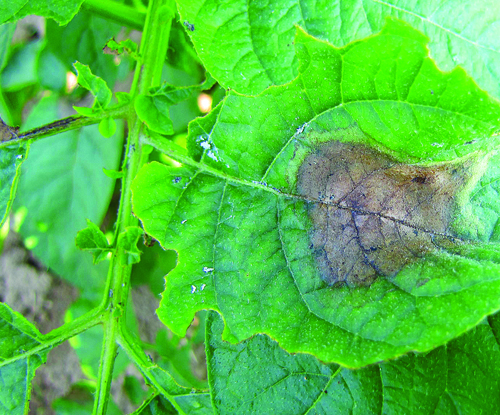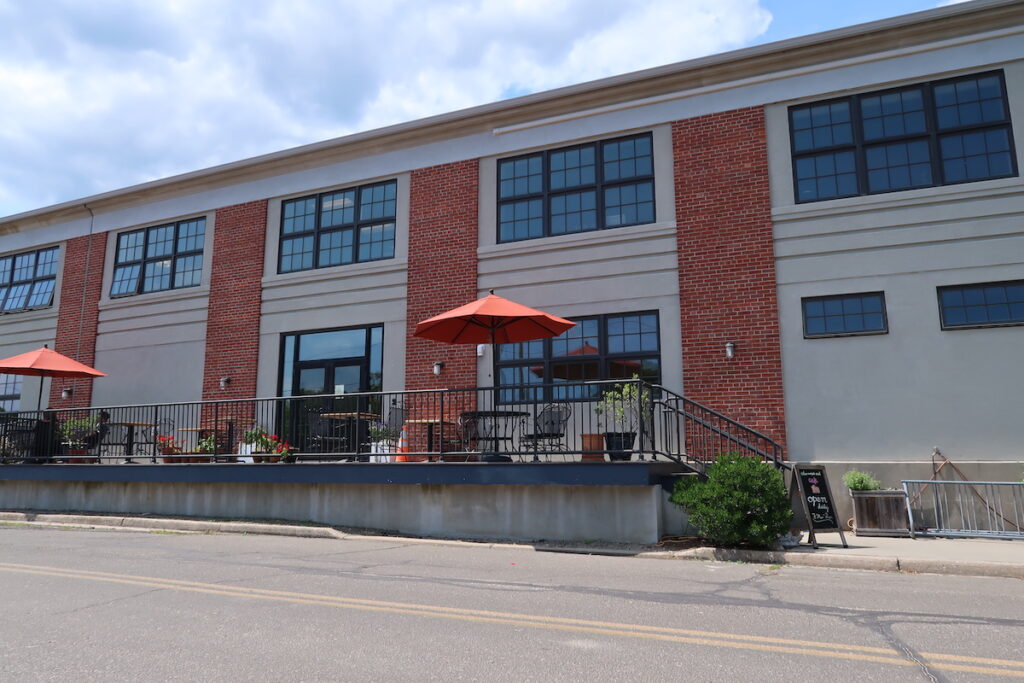Late blight disease spreading through North Fork farms, gardens

Late blight, the vegetable disease that caused the Irish potato famine, has now been found at three locations between Riverhead and Mattituck, Dr. Meg McGrath of Cornell University’s Long Island Horticultural Research and Extension Center said last week.
Dr. McGrath said that the blight has been found on tomatoes and potatoes at both farms and backyard gardens. The disease, which begins with brown lesions on the leaves and stems of plants, affects only tomatoes, potatoes and some ornamental plants.
Dr. McGrath said the disease, a fungus, often spreads after rainfall. The spores can travel up to 30 miles.
Blight was first spotted in the region, at a Riverhead farm, in May.
She is recommending that home gardeners check their plants daily to see if they have the disease and, if it is suspected, bring them to Cornell Cooperative Extension’s home gardening resource center on Griffing Avenue in Riverhead.
She said not treating late blight can lead to gardeners becoming “Typhoid Marys,” who can unknowingly devastate an entire region’s crops if the disease goes unchecked.
Infected plants must be dug up and disposed of in the trash. They should not be composted.
Gardeners who are concerned they have late blight can call CCE at 727-4126 for more information.
More photos of late blight are available at http://www.longislandhort.cornell.edu/vegpath/photos/lateblight_tomato.htm.







